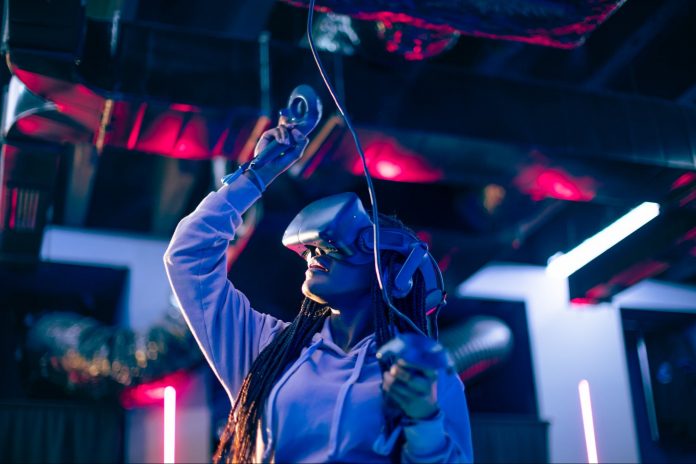Opinions expressed by Entrepreneur contributors are their own.
Being hailed as the future of the internet, Web3 technology does not appear to be going away anytime soon. Many thought cryptocurrencies would be gone by now, but services and products keep expanding to incorporate them. Will the same be true of Web3? Web3 does not have an official definition yet, but it is built around the same blockchain technology that crypto uses and is fueled by cryptocurrency. Gaming will likely be a big part of its success.
Web2 brought targeted advertising where privacy became a thing of the past. Web3 allows users to remain anonymous and gives them more control over their data. But as with any technology, there are pros and cons. Web3 can bring greater freedom but also usability issues and technological challenges.
Moving from Web2 to a Web3 experience
The same challenges from the current blockchain and crypto technologies will also affect gaming. One of the current challenges is cost. Blockchain technology was supposed to lower costs but has become an expensive technology that uses a lot of energy. There are ideas to counteract this, but technology is still advancing.
Another issue is scalability. The amount of processing that has to take place to make all the decentralized transactions happen is astronomical. The technology is not up to speed with what is needed to scale. Then there is the user experience. Accessing and using Web3 experiences is complicated. Multiple layers cause a learning curve that users have not faced before. It’s just not as intuitive as the Web2 that we have come to know and expect.
Related: Web3 Is the Future of the Creator Economy
Additional drawbacks specific to gamers
There are other challenges that gamers face, one being the lack of legacy game history. Game history cannot currently be transferred from Web2 to Web3. It leaves gamers needing to start over in a whole new world. Also, there is no concept of friends tied to worlds created in the Metaverse. Hopefully, this will change in the future, but Web3 operates in its silo for now. It is just not prepared for all these new users.
With all the current challenges facing Web3 designers and users, how can greater trust and reliability be built into the Web3 gaming experience? What are the ways to increase confidence and enhance the user experience?
1. Integrate Web2 to Web3 player profile and history
This would encourage more gamers to make the crossover to Web3. However, this requires technology stacks and DevOps to sync player profile reputations and history from Web2 video game distribution to Web3.
While increasing mass adoption of Web3, the technology has to grow too. This would mean transferring all user information, including player profiles, records of game history, in-game achievements, and user-created content.
2. Establish social networks in Web3
A company called Steemit is trying to do just that, but it will take time before these networks become popular enough to entice users away from well-known platforms like Facebook and Twitter.
With the current solutions out there it is not integrated into a “games marketplace.” It is still too disconnected from all the options that social network users want to have available.
Imagine if a company can establish a robust gaming platform with a social network infrastructure. Something like that may be enticing enough to draw users over if the technology can catch up.
Related: This Is What Content Creators and Entrepreneurs Need to Know About Web3
3. Establish an online trust score for users
One of the great benefits of having a gaming metaverse with blockchain technology is the trust that can be built and the ability to offer additional deals and exclusive features. In addition, developers can offer players perks as a badge of honor with high scores and achievements.
This could translate into real-world perks too.
“Having a strong score would be a badge of honor in blockchain games or metaverse worlds. Players can enjoy all the related perks, such as getting priority access to hot projects, exclusive membership clubs, better loan rates, etc. Additionally, this could assist in the trustless-ness of transactions, whereby you have an objective gauge on the person you are transacting with,” says Matthew Ainscow, CEO of Avarta Biometric Credit Scoring Platform
How will we make the transition to Web3?
The short answer is it will take time and ingenuity.
Web3 is presenting some amazing opportunities for growth and change. Web developers now have a whole new world to explore. Web3 is also offering many challenges, as we have seen. But as we see in our world repeatedly, new needs bring a lot of new inventions. Will developers rise to the occasion?
There is a strong incentive for both developers and users. At the top are more privacy and freedom — and the ability to have greater control over data and content and even monetize and reap the rewards rather than losing out to third-party advertisers. The tech community is full of talent, so I am optimistic about the future of Web 3. As costs lower and technology builds, enabling more web developers to scale, we will see many changes to gaming, finance, and how we use the web.

